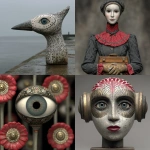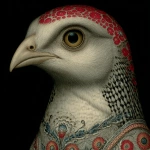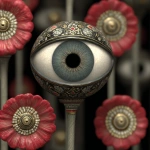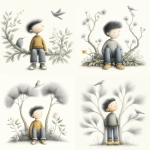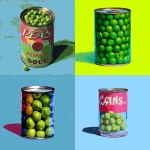Explore the Best AI Image Gallery
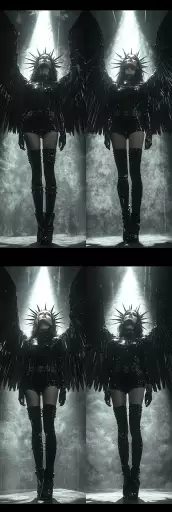
The Algorithmic Muse: How SaaS Solutions are Transforming the Creative Industry
The creative landscape is constantly evolving, driven by technological advancements that push the boundaries of artistic expression. Among these innovations, SaaS (Software as a Service) solutions have emerged as powerful tools, reshaping how creatives work, collaborate, and bring their visions to life.
From design platforms and collaborative workspaces to AI-powered creative assistants, SaaS is democratizing access to sophisticated tools, empowering individuals and teams alike. This shift is not without its challenges, however. Ethical considerations surrounding data privacy, intellectual property, and the potential for algorithmic bias need careful consideration as we navigate this new terrain.
Unlocking Creative Potential: Uses of SaaS in the Creative Industry
- Design and Illustration: SaaS-based design platforms offer intuitive interfaces and a vast library of assets, making it easier for designers to create stunning visuals across various mediums—from web graphics to marketing materials.
- Music Production: Cloud-based music studios provide access to professional-grade recording, mixing, and mastering tools, breaking down barriers to entry for aspiring musicians and producers.
- Video Editing and Animation: Collaborative video editing platforms enable teams to work seamlessly on projects, streamlining workflows and fostering creativity through shared feedback and revisions.
- Writing and Content Creation: SaaS-powered writing tools offer features like grammar checking, plagiarism detection, and style guides, enhancing the quality and efficiency of written content creation.
Navigating the Ethical Frontier
While SaaS offers immense opportunities for creative growth, it also presents ethical challenges that require careful consideration:
- Data Privacy: SaaS solutions often collect user data, raising concerns about how this information is stored, used, and protected. Transparency and user control over data are paramount.
- Intellectual Property Rights: The collaborative nature of many SaaS platforms necessitates clear guidelines for ownership and attribution of creative work to prevent disputes and infringement.
- Algorithmic Bias: AI-powered tools used in creative workflows can perpetuate existing biases if not carefully trained and monitored. Its crucial to ensure fairness and inclusivity in algorithmic decision-making processes.
The Future of Creativity in the SaaS Era
Looking ahead, the convergence of SaaS solutions with emerging technologies like AI, AR/VR, and blockchain promises to further revolutionize the creative industry:
- Hyper-Personalization: SaaS platforms will enable creators to tailor their work to individual audiences, delivering unique and engaging experiences.
- Democratization of Creativity: AI-powered tools will empower individuals with limited technical skills to participate in creative processes, fostering greater accessibility and diversity.
- New Business Models: SaaS solutions will facilitate innovative revenue streams for creators through subscription services, micropayments, and NFTs, enabling them to monetize their work directly.
Conclusion
The integration of SaaS solutions is transforming the creative industry, empowering individuals and teams to push boundaries and explore new frontiers. While navigating ethical considerations is crucial, embracing the potential of these technologies will unlock unprecedented levels of creativity and innovation in the years to come.
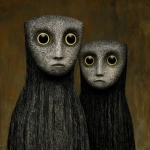
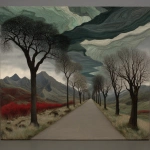


](https://images.ai-img.art/thumbnails/150/45237dfa7845159b860f9e234c48c4418e8efcb52b4d15da4493f46e6a99f337.webp)
](https://images.ai-img.art/thumbnails/150/065f0b2e150f4cc43a9da80d822e8a385e9e50f2f6ff2cc3be7639cfd74952da.webp)
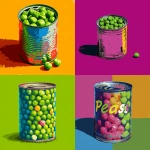

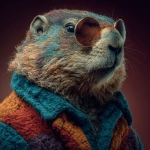


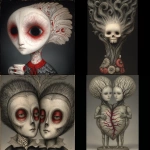
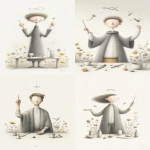

](https://images.ai-img.art/thumbnails/150/6a9bb97a3f1c45ab616724cc54bca010cbcc2d658a9c0e4581aa181c88046444.webp)



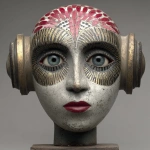
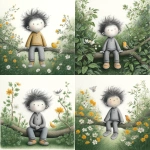

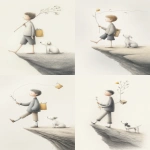
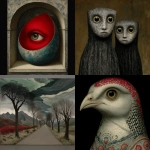

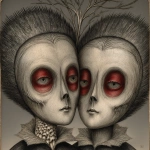

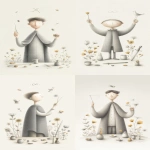



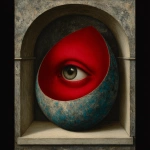
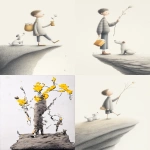

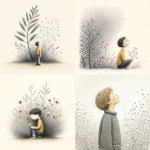

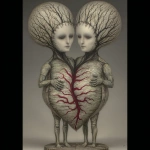
](https://images.ai-img.art/thumbnails/150/6a577517a359cd2bc6212d6b0f12c7cab660841317023550a76c84f409c7f2d0.webp)
](https://images.ai-img.art/thumbnails/150/1b14bd827b740aca3b0d8efa7ed6865e28c7c8382172f3f565c96b6c5f64ca78.webp)
